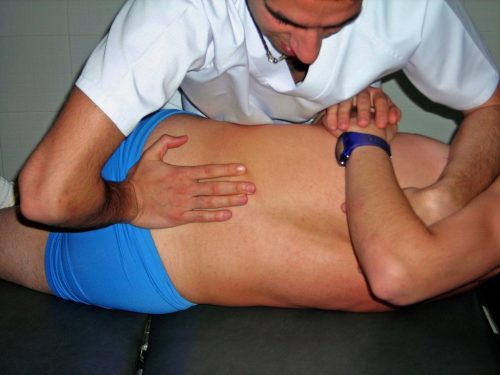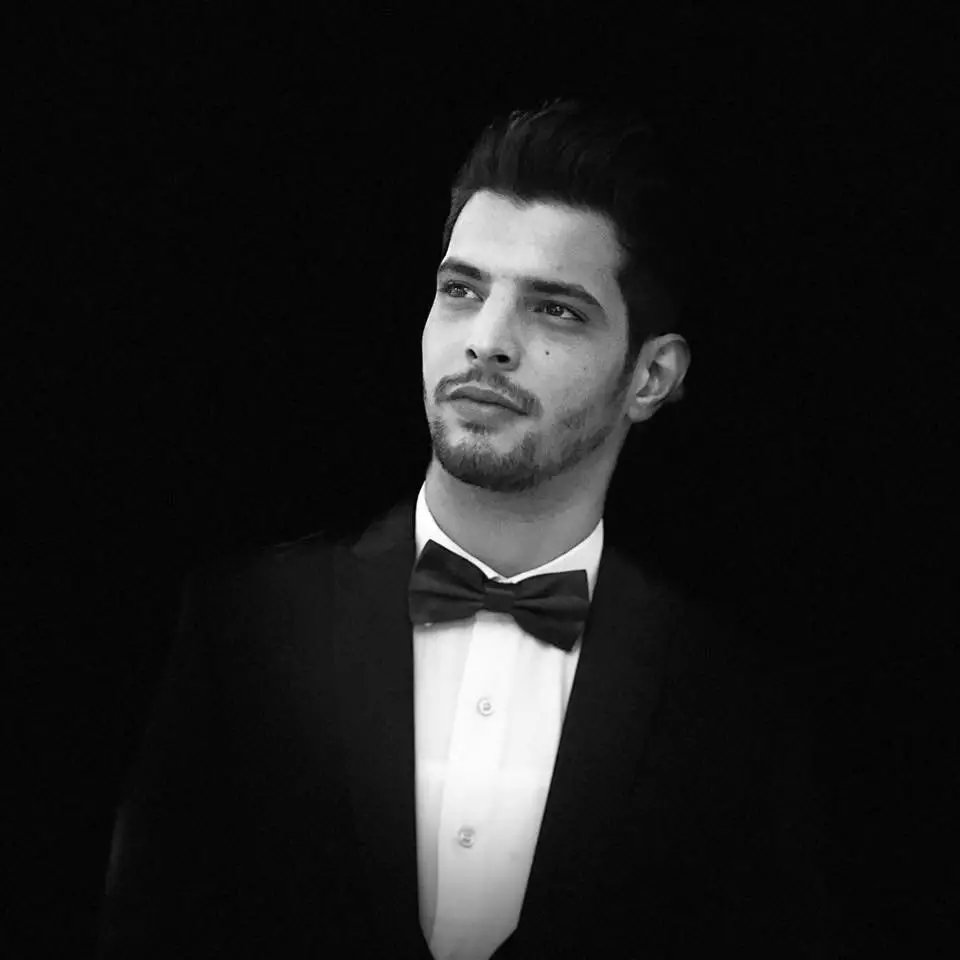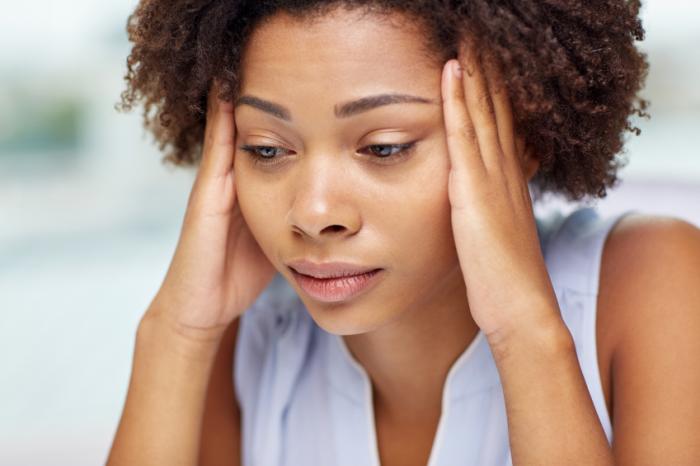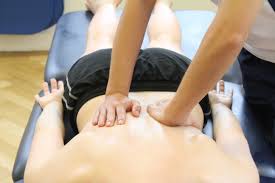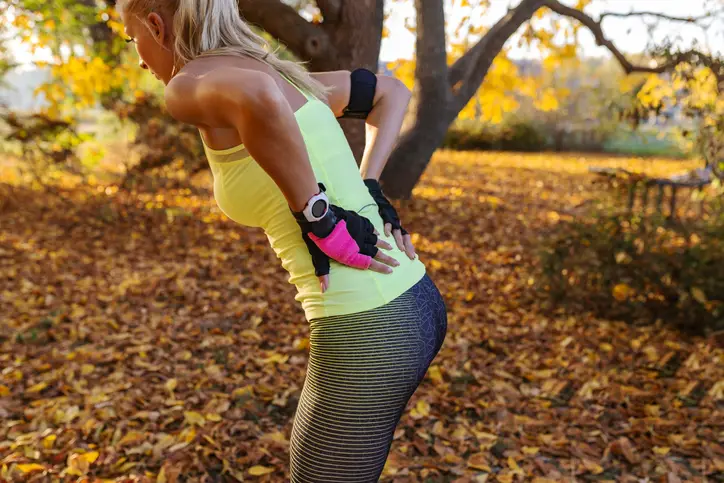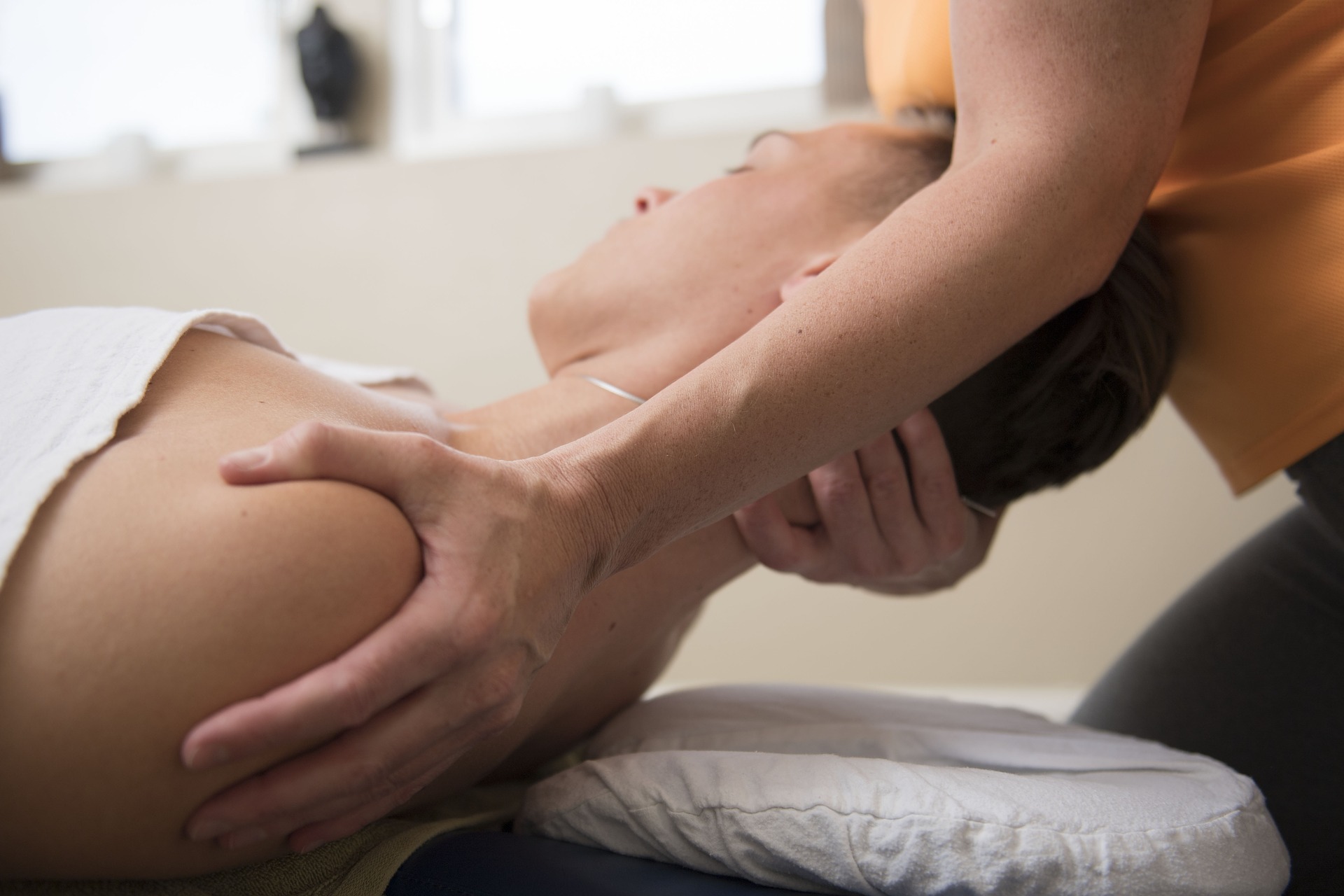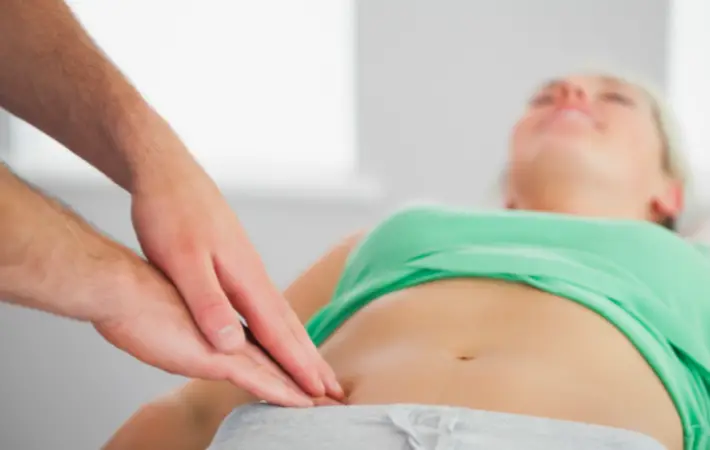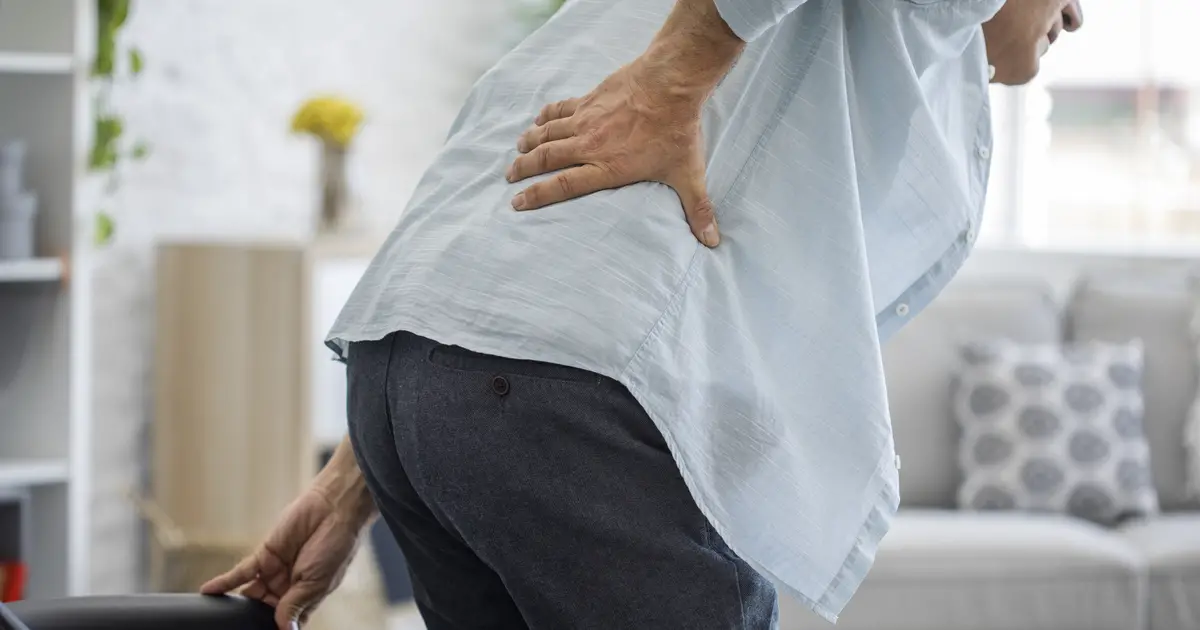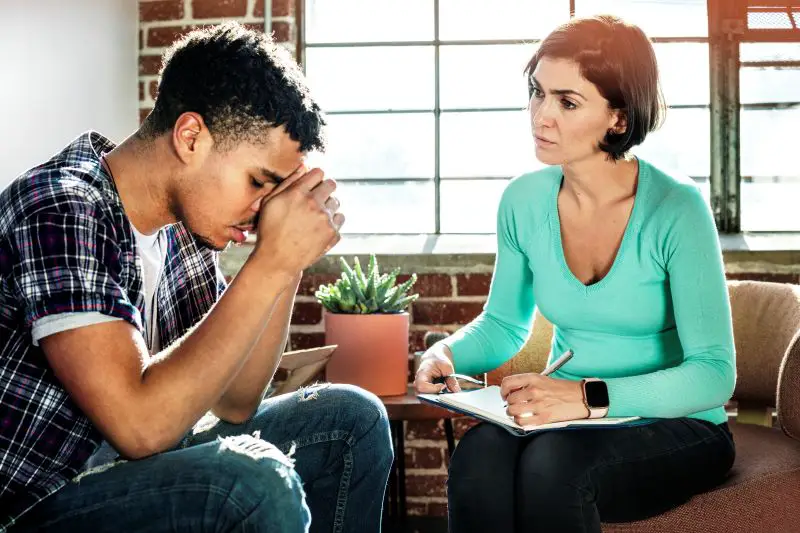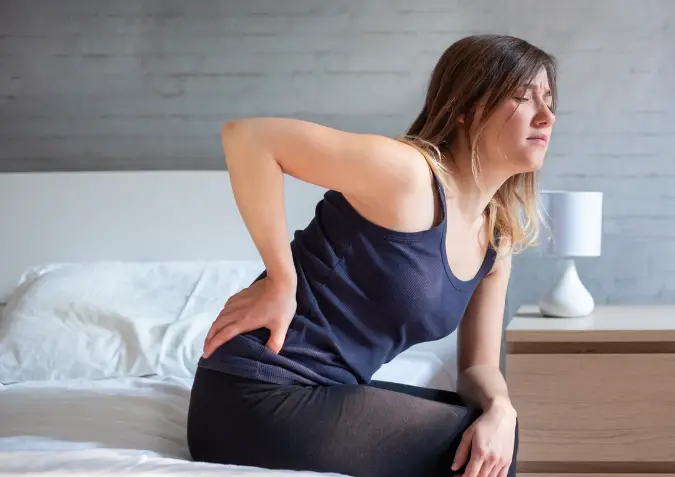You may be asking yourself this question if you are one of those people who have back pain after a workout.osteopathy. Rest assured, you are not alone!
THEosteopathy is a powerful form of treatment that can help correct many disorders and problems in the body. However, it is quite possible to feel some discomfort or pain after a session.
In this article, we will explain why you may have back pain after your training session.osteopathy, and what you can do about it!
Role of the osteopath
The osteopath is a health professional specializing in the diagnosis and treatment of disorders musculoskeletal. THE'osteopathy is based on the principle that the well-being of an individual depends on the harmonious functioning of the skeleton, muscles, ligaments and connective tissues.
The osteopath uses various techniques to treat his patients, in particular the manipulative therapy, muscle energy techniques and soft tissue massage.
THEosteopathy can be used to treat a wide range of conditions, from back pain and migraines to sports injuries and repetitive strain injuries.
The osteopaths work with their patients to help them improve their quality of life and promote their long-term health.
Benefits ofosteopathy
THEosteopathy is a powerful form of treatment that can help correct many disorders and problems in the body. Here are some of the benefits ofosteopathy :
- Improved flexibility
- pain relief
- Reduced stress level
- Better circulation
- More energy
If you have back pain after a sessionosteopathy, don't worry, it's completely normal! Take a few days to rest and allow your body to recover. Although these tips are not necessarily scientifically proven, it is advisable to drink plenty of fluids and adopt a healthy diet.
You can also take over-the-counter pain relievers to ease the discomfort you are feeling.
If the pain persists or worsens, first contact your osteopath. If pain persists, please consult your doctor. L'osteopathy can be a safe and effective treatment for many health conditions, but it's always best to consult a medical professional if in doubt, especially if the pain is getting worse.
Which pathologies can be treated by theosteopathy ?
Many pathologies can be treated byosteopathy, including back pain, neck pain and sports injuries. L'osteopathy can also be used to treat a variety of other conditions, such as migraines, repetitive strain injuries and even asthma.
If you feel any discomfort after a session ofosteopathy, it's normal ! The pains are simply a sign that the osteopath is working to correct the disorder. With time and regular treatment, you will begin to feel better and your quality of life will improve.
Pain after the sessionosteopathy : Why ?
It is not uncommon to feel pain after a session ofosteopathy. In fact, it's often a sign that the treatment is working. The pain is caused by the release of toxins and other substances that have been stored in the tissues.
Among the toxins that can be released are lactic acid, histamine and prostaglandins. The stored substances are waste products, fatty acids and cholesterol.
When these substances are released, they can irritate the nerves and cause pain. The pain is usually temporary and should go away in a day or two.
When to worry
It is often said that pain is a subjective experience. What one person may consider painful, another person may not consider painful. This is why it can be difficult to know when to ask for a medical help in case of pain.
However, there are some general guidelines that can help. If the pain gets worsee after several days, whether it limits daily life, or is accompanied by new symptoms (such as numbness, tingling or weakness), it is a good idea to consult a healthcare professional.
It's also important to pay attention to any other associated symptoms, as they can provide clues to the underlying cause of the pain. Here are some examples of symptoms:
Paresthesias
Paresthesias are a type of sensation that is characterized by an abnormal tingling, prickling, or burning sensation. They can affect any part of the body, but are most often felt in the extremities during exercise sessions.osteopathy.
In some cases, paresthesias can also be caused by exposure to cold temperatures or emotional stress.
If you have paresthesias that last more than a few minutes or are associated with other symptoms, it is important to see your doctor for further evaluation.
radiation of pain
Radiating pain is a type of pain that radiates from one area to another. She is often described as a burning or shooting sensation. Radiating pain can be caused by many different conditions, including a herniated disc, a spinal stenosis and nerve compression.
If you experience radiating pain during or after aosteopathy, it is important to see your doctor for further evaluation.
Muscle spasms and weakness
Muscle spasms are involuntary contractions of muscles. They can be caused by many factors, including dehydration, electrolyte imbalance, and overuse.
If you experience muscle spasms during or after a workoutosteopathy, it is possible that this is due to an excessive movement carried out by the osteopath. If the spasms persist, it is important to see your doctor for further evaluation.
By being aware of these warning signs, you can take steps to get medical help if needed and put yourself on the road to relief.
THINGS TO DO
If you feel pain after a sessionosteopathy, the best thing to do is to call the osteopath who performed the session.
They will be able to give you further instructions and may recommend that you seek medical attention if the pain does not subside.
Natural Strategies
A natural way to relieve pain after a workoutosteopathy involves applying heat. To do this, you can use a heating pillow, a hot water bottle or even a hot bath.
The heat will help relax the muscles and increase blood flow to the affected area, which can help reduce inflammation and pain.
Another natural way to relieve pain is to relax. You can do this by practicing deep breathing exercises, stretching, or yoga. Relaxation can help promote healing and reduce stress, which can make pain worse.
Stress management
One of the ways to reduce contractions and manage pain is to practice activities that relieve stress, such as deep breathing, relaxation therapy, or yoga. These activities can help promote healing and reduce the intensity of pain.
Medication
If the pain persists after a few days, it is advisable to take medication. The most commonly used medications are anti-inflammatories like ibuprofen. If the pain is very severe, your doctor may prescribe a stronger pain reliever.
To conclude
In general, it is better to wait until the effects of the osteopathy session are felt.
If you experience pain or other symptoms after the session, contact the osteopath who performed it and they may recommend that you seek medical attention if the pain does not go away.
There are natural ways to relieve pain after a workout.osteopathy, such as the application of heat or relaxation. Managing stress can also help reduce muscle tension and pain.
If the pain persists after a few days, medication may be recommended.

